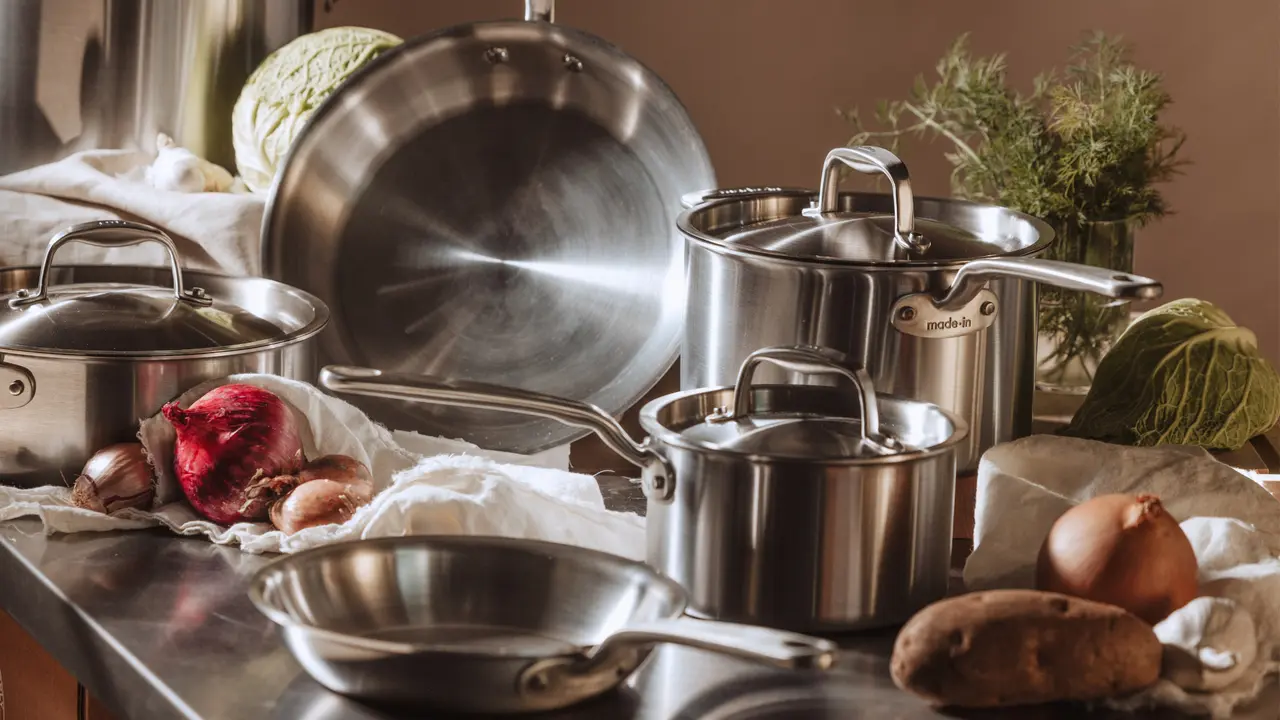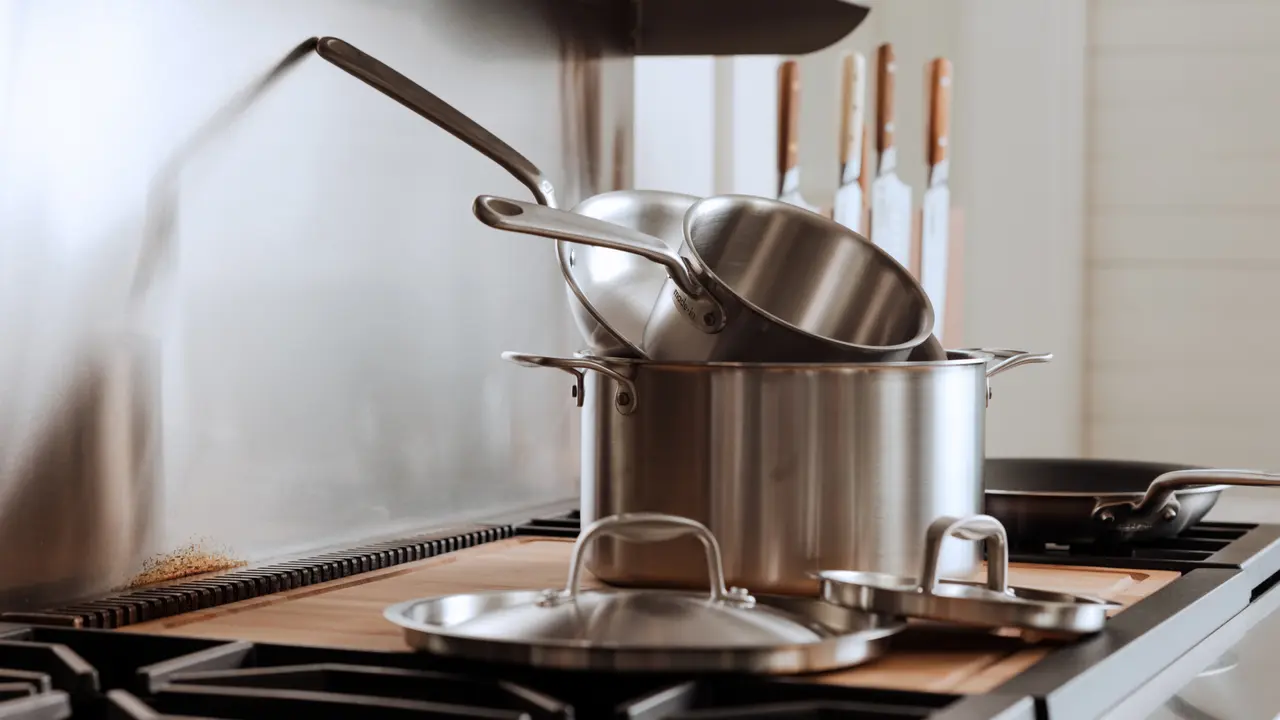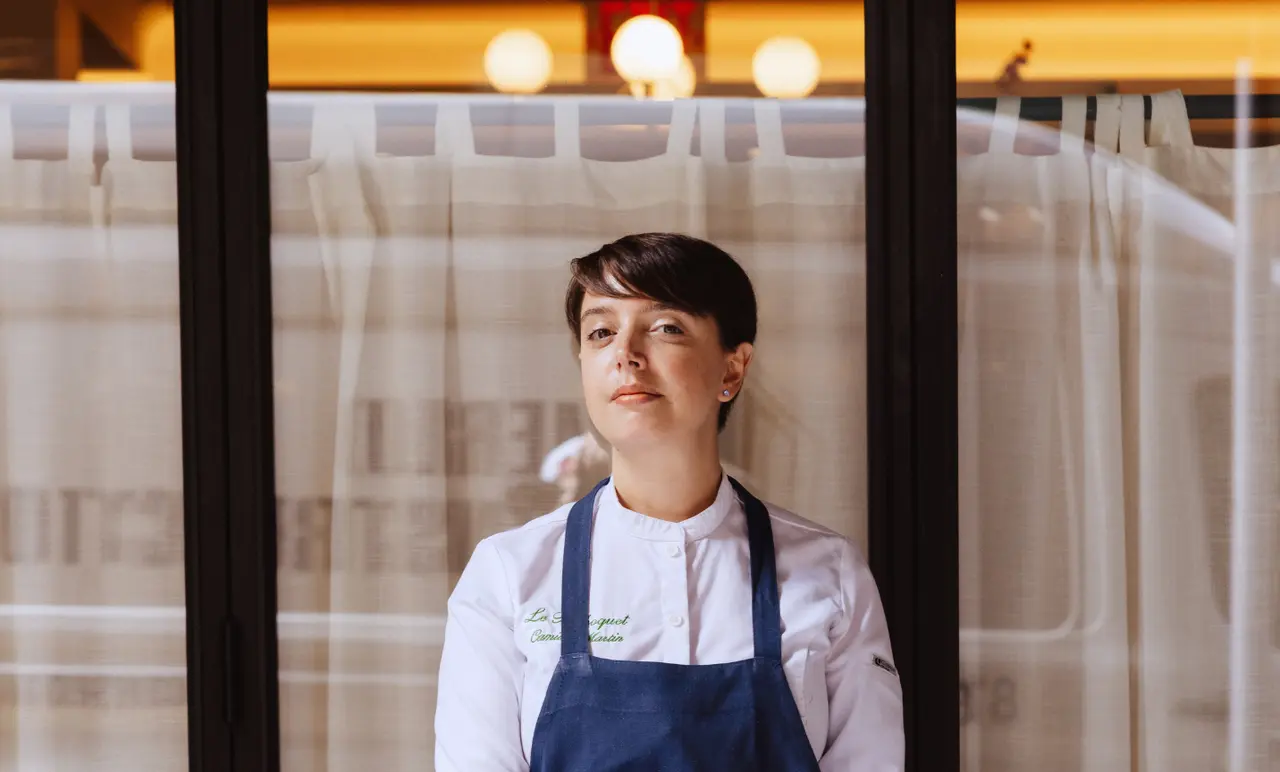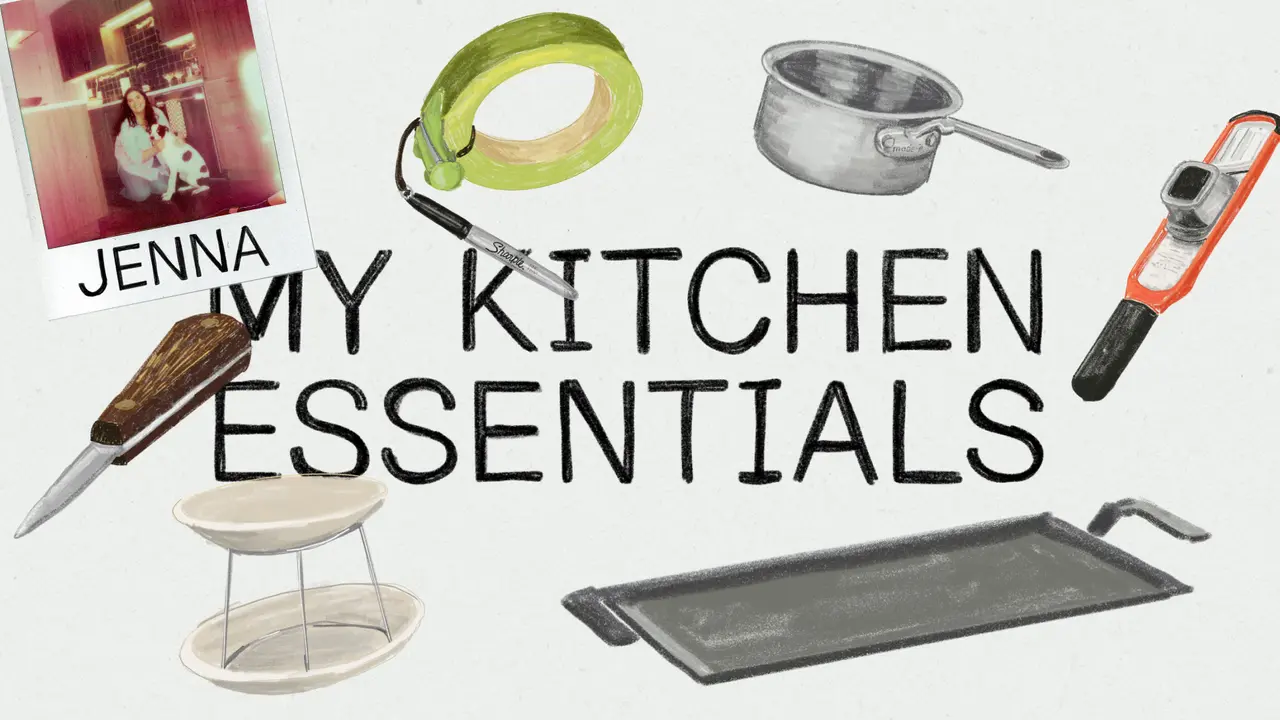Thirty minutes outside of Austin is Dripping Springs, and located in Dripping Springs is Tillie’s, where chef Andy Knudson is at the helm, cooking local, seasonal food that shines night after night. We recently spent the day at Tillie’s and got the chance to see how Knudson makes their côte de boeuf with roasted local vegetables, grilled ramps, and grits with slowly roasted tomato pomodoro. As we sat around the beautiful dining room at Tillie’s and ate, we got to know Knudson. We dug a bit deeper into how he arrived at Tillie’s, his philosophy for building his menu, and how he slung smoked salmon and bagels at a farmer’s market in Aspen.
How would you describe your style of cooking?
My style is very farm to table, which is terminology that I am not a fan of, but I am a firm believer in sourcing as local as you possibly can. You should know your farmer, your fisherman, and know where your ingredients are sourced. Having that relationship with purveyors, combined with the technique and inspiration I have gained over the past 20 years of my career, is how I would describe my cooking style.
What was your first job in the industry, and where have you worked in the past?
My first job in the industry was after college, at a small restaurant in Dallas that is now a parking lot. It opened my ideas of growing into the hospitality industry. After going to Culinary Institute of America, I did my internship at Restaurant Daniel in New York City.
After a year, I moved out to Las Vegas and was part of the opening team at DB Brasserie. After a trail at Le Pergolèse in Paris., I came back and went to work for Guy Savoy at Caesars Palace for about three years and then moved to Aspen to work at The Little Nell.
After working all winter in Aspen, I took a summer off from being in the industry and did a little bit of private chef work. My friend Sarah and I started to sell bagels and hot smoked salmon at a farmer’s market. We bought tomatoes from the stall across from us and had different cream cheese options, as well. It took off, and we started selling whole sides of smoked salmon and selling it by the pound, and before we knew it, our summer off wasn’t really a summer off. Everything we did was local.
After the winters got the best of my wife and me, we went to the Bahamas and worked with Bobby Flay at Mesa Grill. My creative freedom was starting to explode in my head, but luckily I had the opportunity to work with Marc Forgione for five years before the pandemic hit.
What brought you back to Texas?
Unfortunately, the timing of the pandemic shutting down the industry and our lease being up at the same time led us back here. We have family in Vegas and in the hill country of Texas, so it made a lot of sense. At the time, we had no idea what the future was going to look like, and after coming down here and seeing things starting to open back up, I began to look for a chef’s job and did some interviewing. After talking to some people, I pursued the Camp Lucy position. I worked at Hudson Meats, processing around 3500-4000 white-tailed deer before starting in February of 2021.
What goes into creating a menu?
My philosophy is inspired by what’s around us. Whether it be what cookbooks our team is reading, who we worked for in the past, what’s in the market, or what we’re drinking at the time. We’re always thinking of what we can do tomorrow. We don’t like serving one dish for four months and then just changing the garnish. When I worked with Marc in Tribeca, we were constantly changing the menu. We had notebooks filled with ideas and a dropbox filled with recipes continuously circulating throughout the team.
When I wrote the menu for Tillie’s, I took that philosophy to heart. After burning through everything we had in the walk-in, we met new purveyors and started to adapt to what was around us. We started going to the Dripping Springs Farmer’s Market, trolling Instagram (we found our chickens through Matthew Peters), and we got connected to Ben McBride at Heritage Seafood. There is fantastic produce here in Texas, and I am extremely lucky to have these ingredients in my backyard.
The sauce work and the technical skills I learned in my career will always be present, but what drives me is what is in season. Walking farmer’s markets and talking to local farmers is where I find the most of my inspiration.




























